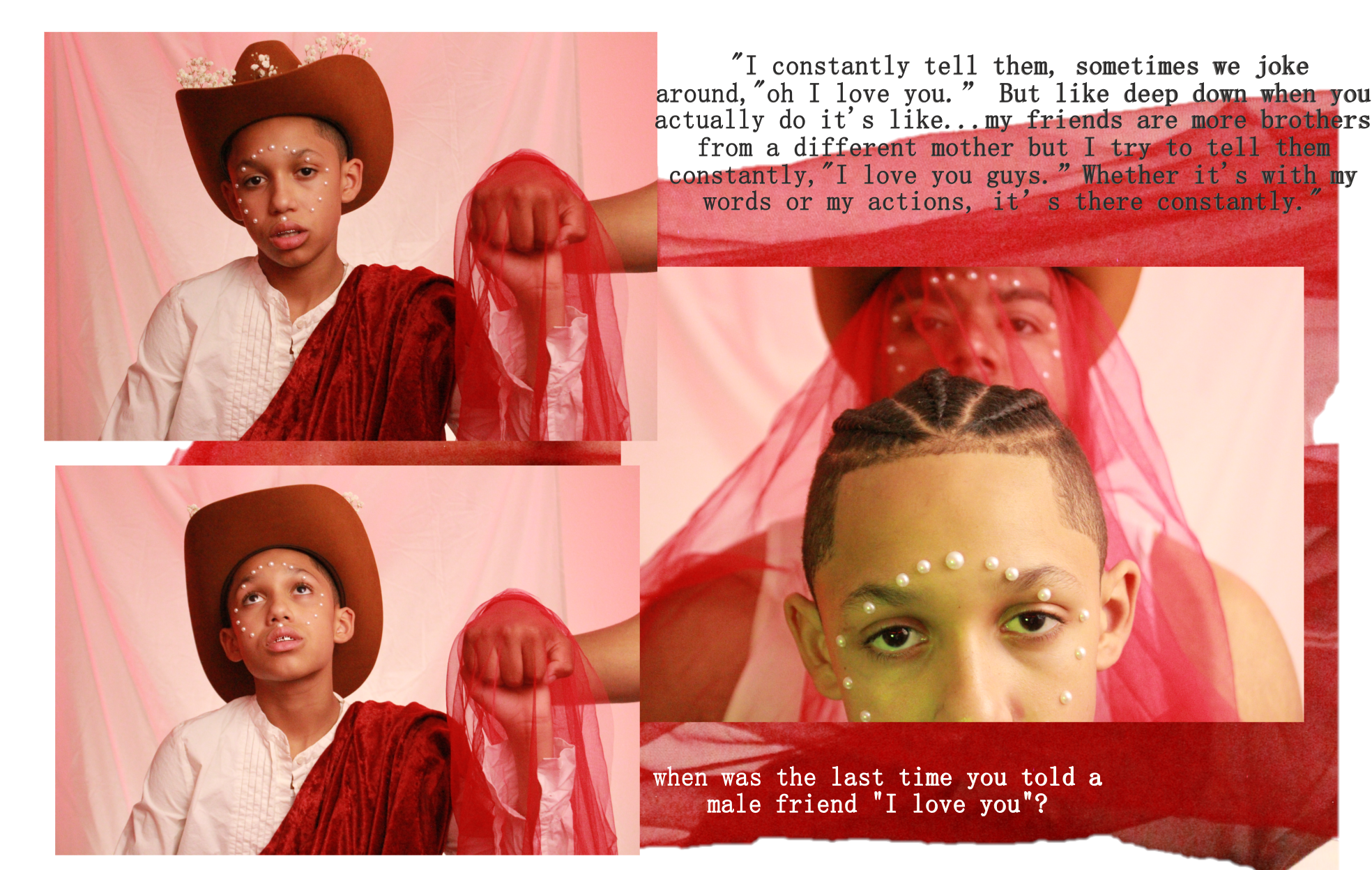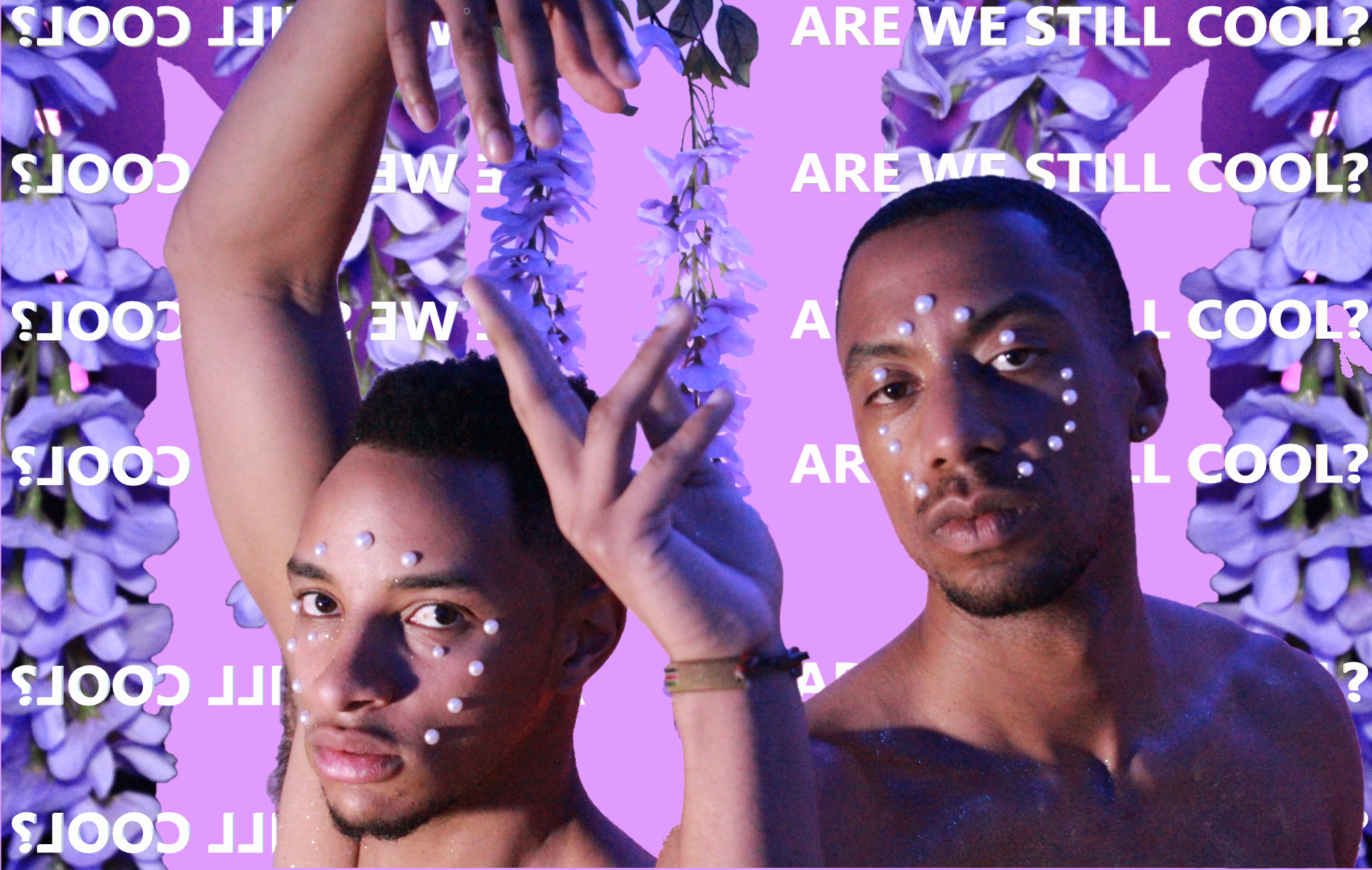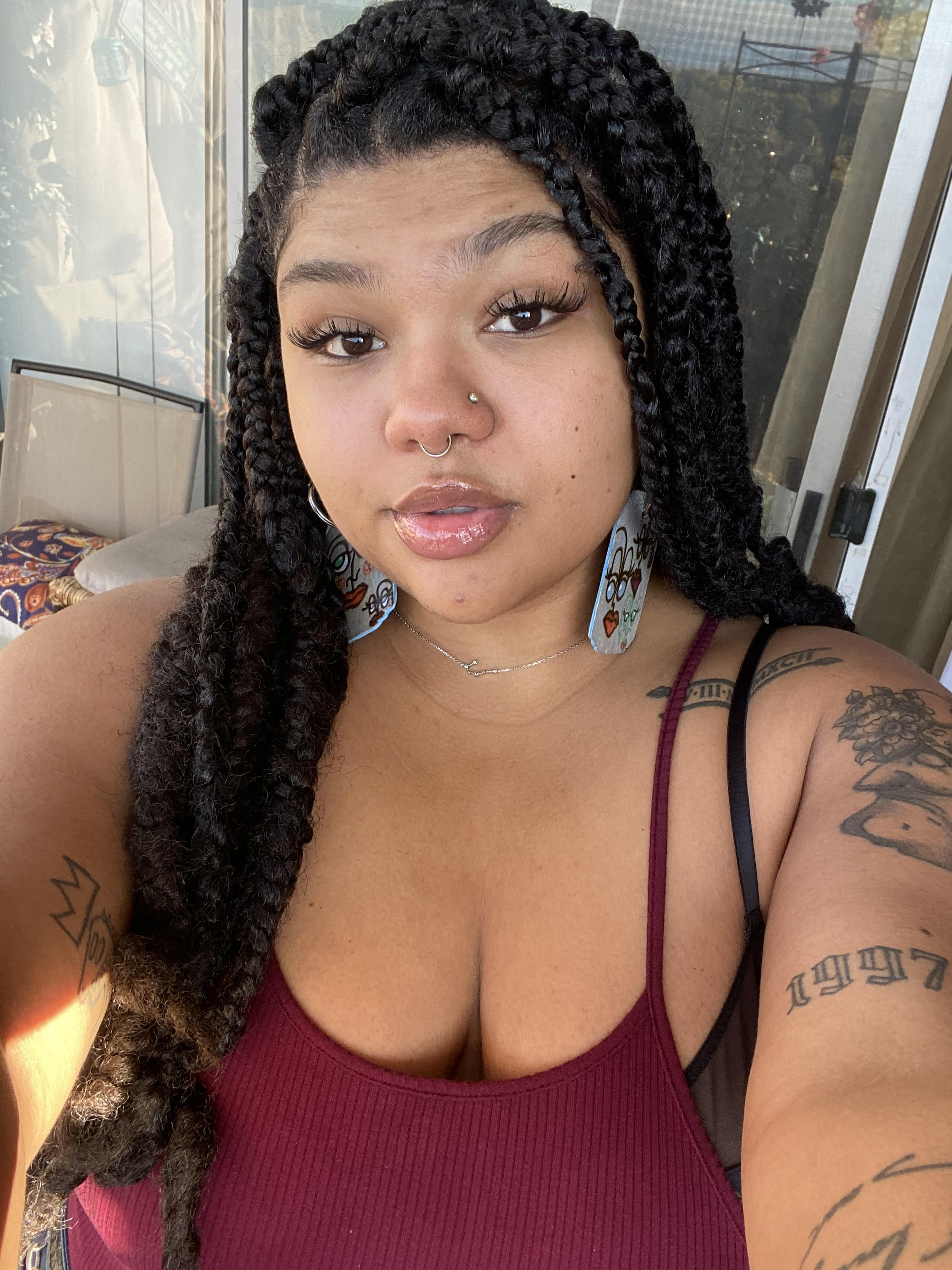Art
October 23, 2020
Christina Pittaluga on her recent project, Are We Still Cool?
Earlier this summer, artist Christina Pittaluga, the Director of Creative Content for the Black Actor’s Guild, released Are We Still Cool?, a three part series of photographs and accompanying essays that examine the depiction of men of color in the media. More than solely exploring representation, the project creates new spaces for these men to exist and express the fullness of who they are in ways that stand in opposition to the often harmful, narrowly defined ways they are portrayed in the public eye.
The project compels viewers to bask in the beauty of Black and Brown men and encourages viewers to reflect on their own implicit biases and the stereotypes they subscribe to and work towards more all-embracing ideas of these men, ideas that embrace, as Christina has said, the strength that lies in tenderness.
We had the pleasure of interviewing Christina about some of the intimate details of the project, the societal change that needs to take place to call out prejudice and the antiquated ideas people hold about certain groups, as well as what is giving her hope during this immensely challenging year.
(The following is an interview with Christina Pittaluga of the Black Actors Guild, conducted on Friday, October 9th over email. All photographs are by Nadiya Jackson and Michael Board ll)
The first installment of the series came out on the Black Actors Guild website on June 20, 2020. How long had you been conceptualizing this project and was there a sense of urgency you felt to create this series at this specific time?
My team and I conceptualized it in January of 2020 and we shot the project in February of 2020 before the lockdown. Due to quarantine we had a lot of time to perfect and work on the images. It was not planned for the series to drop during such a pivotal time in the BLM movement. Ryan Foo and Kevin Quinn Marchman were the ones who encouraged me to release the series during June. It was truly divine timing. The project was already timely but it struck a different nerve dropping it during the worldwide protests.
In this moment we’re in, which has called for a racial reckoning, what is the importance of examining the representation of Black and Brown men in the media? What have you learned from growing up with brothers or from the men who participated in this project about how they internalize negative representation or a lack of expansive representation?
There has been such a negative connotation when it comes to black and brown men in the media. The first step is fully admitting that this exists. People have preconceived notions about men of color that they don't even realize because we have been conditioned to accept it. Once we start to question stereotypes and no longer accept the portrayal that white media has created, we can grow and move forward. Growing up with brothers gave me insight on the fact that men have just as many feelings as women. Men like the color pink. Men can get their hearts broken and cry. However, it also gave me a look into how a hard exterior can be formed just from the stereotypes we consume. Whether men of color express it or not, they have absorbed one too many negative beliefs about themselves purely based off of the lack of positive media representation. It is time for the media to recognize the hurt they are causing and take steps towards inclusion and broader storylines in regards to men of color.

As the viewers of this series, we see the completed work, and it is captivating. What was it like on the set of these shoots? Could you share what you gleaned from being with these men in this space, asking them intimate questions, and capturing them in this way?
Thank you very much! Being on set was emotional and intriguing. We wanted it to be a safe space so that when the time came for the models to be interviewed they would feel open to sharing their truths. We burned incense and candles. Compiled a list of the models’ favorite songs/artists and made a playlist. It brought a smile to my face watching the models when one of their favorite songs came on! It was nice to just watch these men feel pretty. It’s not something that is seen or encouraged often for men of color. The brown boy joy was contagious! Something I learned from the experience was that with just a bit of gentleness you can literally watch men bloom. Confirm that there is nothing but love around them and you can see the walls slowly come down. I cherish every model that was a part of it for trusting me and trusting themselves.
In the essays that accompany the photo series, you used language like beautiful, gorgeous, soft, and pretty, to describe men of color. What is the significance of the language we ascribe to folks, and how do we reinvent the way we express language and our language choices?
This also goes along with how I was saying that we have to question stereotypes. The words associated with men of color in media tend to revolve around criminal activity, laziness, unkemptness and detachedness. Once we reframe men as multi-dimensional beings that can appreciate receiving a bouquet or having a healthy cry, we start to break down our own walls that we subconsciously built up because of what we are used to seeing and hearing. We all have to come to an understanding that the language we use can form a movement. It can spark a change in narrative. Therefore, if we teach little brown boys that they are beautiful, they will call themselves beautiful. They will be able to find the beauty in themselves if we water the seed from a young age. Hug and kiss them and encourage them to share their emotions.
In the third installment of the series, you wrote, “It takes a village to build a stigma and it takes one to break it back down.” On a cultural and societal level, what is the work you believe that needs to take place to intervene, upend, and reimagine representation in the media that honors the fullness and beauty of these men, like your project does?
There needs to be inclusivity in high places. When we get people of color in rooms where important decisions are being made, different perspectives and experiences are shared. These conversations can hopefully lead to a want for change in how the media portrays people of color. Not only the portrayal but the lack thereof. It would also bring to attention how harmful past representations have been.

Where does this project go from here? You shared that you intentionally chose men of color who are leaders in their communities in hopes that they would continue the conversation with other men. Do you know if they’ve continued the conversation or if they’ve continued to live into what they experienced during the course of this project?
Based on the interactions I’ve had with the models and the rest of my community, I have seen the conversation be continued. I’ve seen the men that were a part of the shoot continue to uplift other men with love and positive affirmations. I’ve seen them advocate for themselves and say that wearing silk shirts and pearls don't make you gay. They are setting a healthy standard for themselves and their peers. It has started a conversation that I don’t think will stop anytime soon. I’m so proud of them and of this project for holding space for a conversation that is long overdue.
And finally, what is giving you hope right now?
I’m not going to lie, this was the hardest question for me to answer. 2020 has been one of the most outrageous years I’ve lived through. There is a lot that has made me feel hopeless. However, I have gained so much hope from activists and protesters. This year the world erupted in protests. Not just in America but all over the world. This year has opened so many people’s eyes to injustices that they were blind to before. Folks are actually talking about the ICE detention centers and their malpractices! People are no longer being allowed to ignore the police brutality that happens EVERYWHERE. It gives me hope that people will continue to care and strive for serious change in the system and powers that be.

The project was exhibited at Understudy this summer, but you can check out the three part series—starting with part one—on the Black Actors Guild website. Also, some of the photographs and all of the essays are on display at Coffee at The Point through the end of the year!